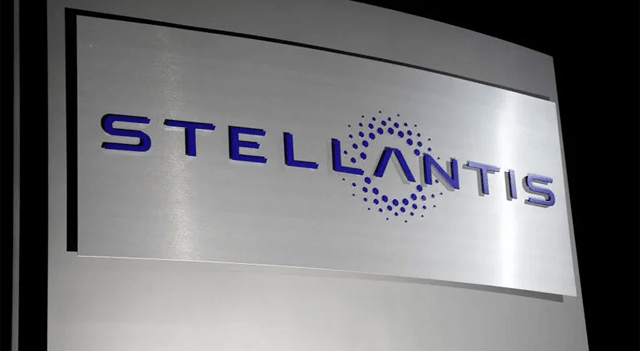Stellantis N.V. (NYSE:STLA) has taken another major step into the autonomous driving arena, unveiling a new collaboration with Nvidia Corporation (NASDAQ:NVDA), Uber Technologies Inc. (NYSE:UBER), and Foxconn Technology Group (USOTC:FXCOF) to develop and deploy Level 4 autonomous vehicles for global robotaxi services. The move follows the automaker’s recent alliance with Pony.ai, signaling Stellantis’ accelerating push into driverless mobility.
According to the company, the new partnership “represents a significant advancement in Stellantis’ global robotaxi strategy,” positioning it “to play a leading role in the transition to safe, efficient and sustainable autonomous mobility.”
Shares of Stellantis opened higher at Piazza Affari, rising about 1% to €9.77, reflecting investor optimism around the latest move.
Under the collaboration framework, Stellantis will design, engineer, and produce autonomous vehicles based on its AV-Ready, K0 for LCV, and STLA Small platforms. These models will integrate Nvidia Drive AV software, which enables Level 4 driverless functionality.
Nvidia will supply its Drive AV software suite, including L4 Parking and L4 Driving features, powered by its Drive AGX Hyperion 10 architecture. Meanwhile, Foxconn will assist with hardware and systems integration, and Uber will operate the robotaxi fleets, incorporating Stellantis vehicles equipped with Nvidia technology.
“Autonomous mobility opens the door to new, more convenient transportation choices for customers. We have built AV-Ready platforms to meet growing demand, and together with leaders in artificial intelligence, electronics, and mobility services, we aim to create a scalable solution that offers smarter, safer, and more efficient mobility for all,” said Antonio Filosa, CEO of Stellantis.
The plan calls for Uber to roll out Stellantis-built autonomous vehicles in multiple global cities, beginning with an initial fleet of 5,000 units, launching operations first in the United States.
The alliance brings together Stellantis’ global manufacturing expertise, Nvidia’s AI-driven autonomous systems, Foxconn’s electronics and integration capabilities, and Uber’s leadership in mobility services, aiming to redefine Level 4 autonomy for large-scale deployment.
“Level 4 autonomy is not just a milestone for the automotive industry, but a quantum leap in AI capability. The vehicle becomes a robot, seeing, sensing, planning, and driving with superhuman precision,” emphasized Jensen Huang, founder and CEO of Nvidia.
The companies have signed a non-binding Memorandum of Understanding (MoU) outlining potential agreements on technology development, licensing, manufacturing, and vehicle procurement, while preserving flexibility for future collaborations.
Pilot programs and testing are expected to accelerate in the coming years, with series production targeted for 2028.
